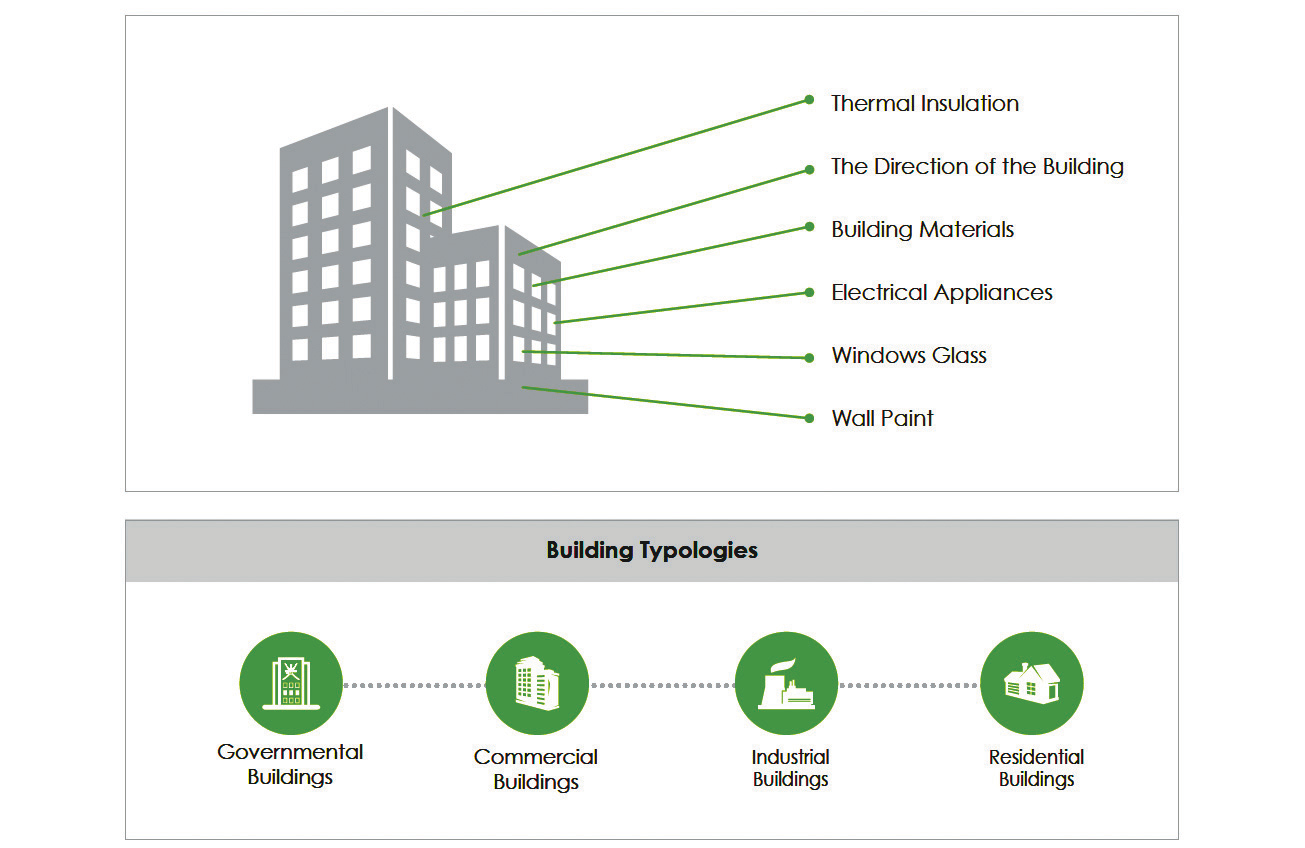

MUSCAT, NOV 3 - A comprehensive and concerted campaign to promote efficient electricity use in the Sultanate has the potential to unleash a plethora of business and investment opportunities for local Omani small and medium enterprises (SMEs), according to a key official representing the power sector regulator. Bushra al Maskari (pictured), Senior Policy and Strategy Specialist at the Authority for Electricity Regulation Oman (AER), said the campaign will spawn the growth of, among other things, markets specialising in energy management services, building audit and retrofit services, double glazing and insulation materials, thermostat sensors and automation systems, and on.

“The opportunities are vast,” Bushra said, while identifying a number of areas where better awareness of energy efficiency will go a long way in easing escalating electricity demand growth in the Sultanate. “For example, we need to have more architects with an understanding of energy efficient design — it’s not about adding costs to the consumer, but designing buildings to make them more energy efficient; Likewise energy efficient construction materials are not easily available in Oman, and must be sourced from (neighbouring markets); When it comes to landscaping, natural grass and trees will have a cooling effect around buildings; and in urban planning, the orientation of buildings will contribute to energy efficiency as well.”
The official made the comments in a talk on the attributes of a ‘Green City’ held as part of an executive workshop on Energy Efficiency conducted by the EU-GCC Clean Energy Network last week in collaboration with Petroleum Development Oman (PDO). Recent measures to boost energy efficiency have helped deliver some gains, according to the specialist. For example, highly efficient gas turbine technology has enabled the generation of electricity with less gas per megawatt-hour of power. Furthermore, the introduction of Cost Reflective Tariffs (CRT) early last year has prompted major consumers to review their electricity consumption trends and explore energy saving measures. Additionally, transmission and distribution losses occurring in the delivery of electricity through the grid have halved in recent years, she said.
“But we can do more,” Bushra stressed, noting in particular the potential for dramatic energy savings when industrial consumers opt for energy management systems in their facilities. These measures can help not only alleviate electricity consumption, but also natural gas and other fuels used by the facility in question, she said.
Inefficient building design and construction is another area being looked at by the regulator in its drive to champion energy conservation. Many buildings in the residential, government, and private sectors are not suitably insulated from heat ingress, thereby requiring huge quantities of electricity to keep them suitably air-conditioned. Another deficiency is the absence of double glazed windows to keep natural heat out. Both shortcomings represent business opportunities for local SMEs eager to venture into the nascent, yet promising, energy services market, said Bushra. The market for building insulation materials, for example, is presently non-existent in Oman and is thus an opportunity waiting to be exploited, she pointed out. These opportunities will burgeon once new building codes and standards for energy efficiency buildings are introduced and enforced, the official added.
Likewise, a new market for energy management services is expected to mushroom in the Sultanate on the back of the regulator’s energy efficiency drive. Along with building audit and retrofit services, a strong uptake of thermostats, sensors and other automated systems is anticipated, she said.
The official, however, stressed the need for enhanced awareness of energy efficiency, particularly in areas accounting for a substantive share of total electricity consumption. The residential sector accounted for a dominant 46 per cent of the estimated 32 terawatt-hours of electricity consumed in 2017. The services sector (encompassing agriculture services, health, education, government, and so on), came second with a 38 per cent share. In third place was the industrial sector with a 16 per cent share.
“Looking at electricity intensity trends across the residential, services and industrial sectors, all showed increasing trends, unfortunately suggesting that we are not doing very well in energy efficiency in Oman,” she remarked.
Conrad Prabhu
Oman Observer is now on the WhatsApp channel. Click here



